Credit Card Payment Protection: Is It Really Worth It?
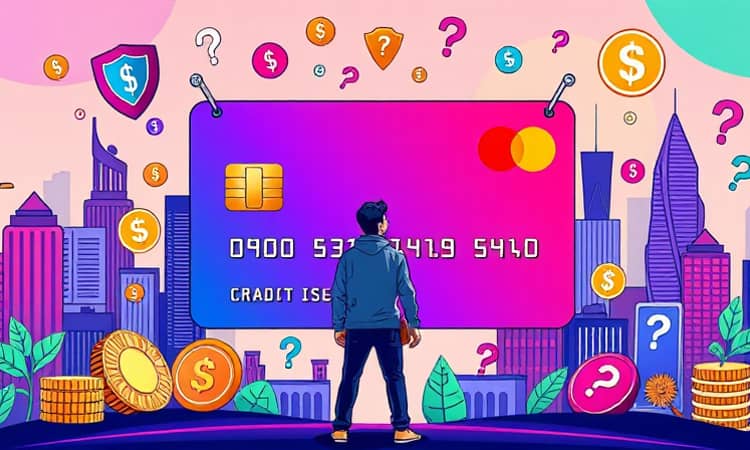
Credit card payment protection is a financial service offered by many banks and credit card companies that aims to safeguard consumers from unexpected financial burdens associated with their credit card debts. As our reliance on credit cards continues to grow, understanding the available protections is essential for informed financial decisions.
This article delves into the concept of credit card payment protection, discussing its workings, benefits, drawbacks, costs, and alternative options. With this knowledge, consumers can better evaluate whether credit card payment protection is worth the investment for their personal financial situations.
What is Credit Card Payment Protection?
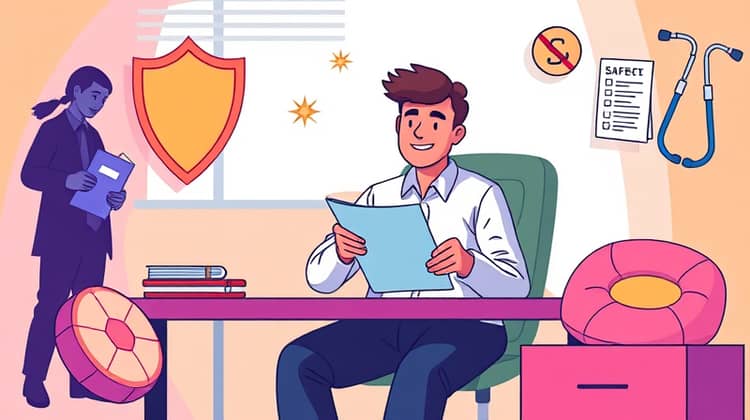
Credit Card Payment Protection is an insurance-like service that provides consumers with a safety net in the event they are unable to make payments on their credit card bills due to unforeseen circumstances. This can include job loss, medical emergencies, or other financial hardships that may occur unexpectedly.
When you enroll in credit card payment protection, the service usually covers the minimum monthly payment for a specified period, helping you avoid late fees, penalties, and potential damage to your credit score during tough times.
How Does It Work?
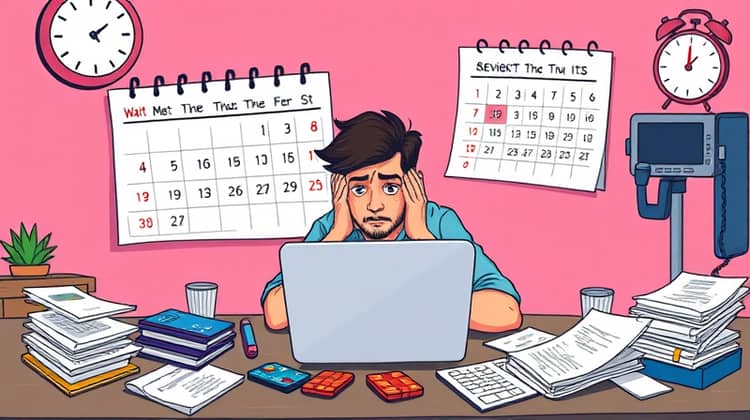
The mechanics of credit card payment protection can vary between providers, but generally, consumers pay a monthly fee based on their outstanding balance. If the cardholder faces a qualifying hardship, the protection plan will kick in to help cover their credit card payments for a certain amount of time.
Once a claim is initiated, the provider often requires documentation regarding the hardship and may have a waiting period before benefits will commence. It's crucial for consumers to understand these terms before signing up, as they can influence how beneficial the coverage will be in a crisis.
In most cases, this protection applies only to the minimum payment due on the credit card, meaning that while it may prevent defaults, it does not eliminate the debt. Consumers should also note that payment protection may not cover every situation, so checking the fine print is essential.
Benefits of Credit Card Payment Protection

One of the primary benefits of credit card payment protection is peace of mind. Knowing that, in case of an emergency, your credit obligations can be managed allows you to focus on recovery without the added stress of financial pressure. This service can be particularly valuable for individuals who are self-employed or work in sectors with volatile job markets where income can fluctuate dramatically.
Additionally, by covering minimum payments, this protection can help maintain your credit score. Late payments or defaults can severely damage credit ratings, which can take years to recover, while payment protection can help mitigate this risk significantly.
- Provides peace of mind during financial emergencies
- Helps maintain a good credit score
- Covers minimum payments and avoids penalties
- Can be a lifesaver during job loss or medical emergencies
- Offers a safety net for self-employed individuals
Overall, these benefits can make credit card payment protection seem like a prudent investment, but it is crucial to delve deeper into its downsides before making a decision.
Drawbacks of Credit Card Payment Protection
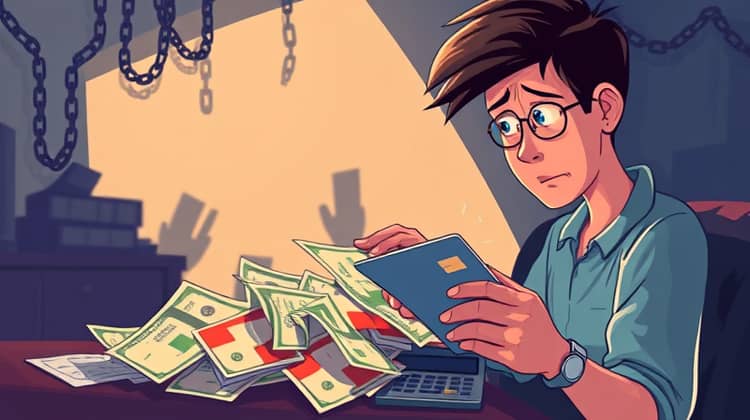
Despite the attractive advantages, there are notable downsides to credit card payment protection plans. Firstly, the cost of the monthly premium can add up over time and may reduce the financial advantage they offer. For those struggling financially, these additional costs can be burdensome and contribute to more debt.
Furthermore, the coverage often only pays the minimum payment required, which can leave the account holder with a lingering balance. This means that while the immediate crisis of late payments may be alleviated, the underlying debt still exists and continues to accrue interest.
- Monthly fees can accumulate and become costly
- Coverage usually only applies to minimum payments
- May not cover all types of financial emergencies
- Limited understanding and unclear terms can lead to frustrations
- Contract terms and conditions can be confusing
With these drawbacks in mind, it becomes important for potential participants to conduct a detailed analysis of their financial situations and the conditions of these protection plans.
Cost of Payment Protection
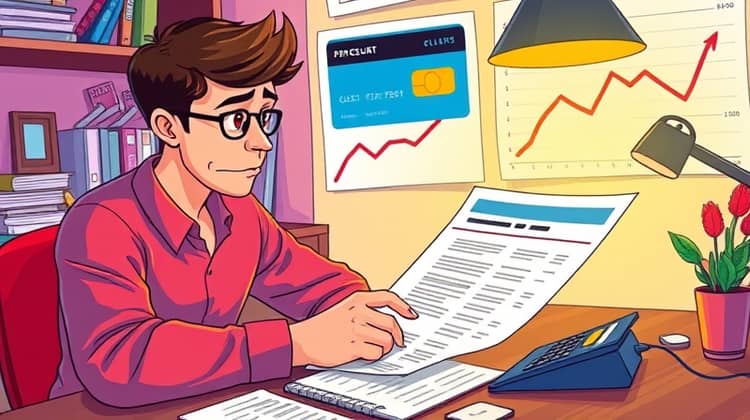
The cost of payment protection varies widely depending on the credit card issuer, the coverage terms, and the individual's credit history. Typically, the premium is calculated as a percentage of your outstanding balance each month, often ranging from 0.5% to 1% of your billed amount. This can lead to significant sums over time, especially on high balances.
As one evaluates the cost associated with credit card payment protection, one must also consider the potential expense of missed payments and the impact of late fees. While the protection may seem like an added cost, in some situations, the additional expense could be seen as a wise investment to protect one’s credit score.
Who Might Need It?

Credit card payment protection may be particularly beneficial for individuals who face volatile employment or those in professions prone to periods of underemployment or job loss. For example, freelancers or seasonal workers might find it essential, as their income can fluctuate significantly, leading to potential difficulties in making consistent payments.
Additionally, those with significant medical expenses or pre-existing health concerns may warrant this kind of protection. Unexpected medical bills can quickly derail a person’s financial stability, making payment protection a valuable tool in maintaining credit health.
- Freelancers with unreliable income
- Seasonal workers who may face periods of low income
- Individuals with substantial medical expenses
- Anyone with a history of financial instability
- People working in volatile job markets
Understanding who might benefit from credit card payment protection can help individuals make informed decisions about their financial planning.
Alternative Options

For many, credit card payment protection may not be the best fit. Individuals should consider alternative options that can also provide financial safeguards without potentially high costs associated with protection plans. Establishing an emergency fund can serve as a buffer against unforeseen financial challenges and may be a more reliable long-term strategy.
Another alternative is to consider balance transfer credit cards or personal loans with lower interest rates, which can consolidate debt and provide breathing room during financially stressful times. Insurance products tailored to unemployment or disability may also offer necessary protection without the restrictions that may come with credit card payment protection.
- Establish an emergency fund
- Consider balance transfer credit cards with better rates
- Explore personal loan options for consolidation
- Look into specialized unemployment insurance
- Evaluate disability insurance plans
These alternatives may provide similar or even better support during challenging financial times, and it's essential to research all available options.
How to Cancel Payment Protection

If you determine that credit card payment protection is no longer necessary or factoring into your financial strategy, cancelling it is generally straightforward but can depend on the specific issuer's terms. Most providers allow customers to cancel the service at any time with a simple phone call or online request.
Before cancelling, it's wise to review any terms of cancellation and ensure you will not face penalties or fees. Some issuers may require written notice, so understanding the procedure is vital to avoid any unexpected consequences during the cancellation process.
After cancelling, keep an eye on your statement to ensure the charges stop and consider how you will manage your financial obligations without that safety net. Additionally, assessing your debt repayment strategy moving forward will be important to maintain good financial health.
Conclusion

Credit card payment protection can be a valuable financial tool for some individuals, providing peace of mind and help in preserving credit scores during unforeseen situations. However, it’s important to weigh the benefits against the costs and limitations associated with these plans. Each person's situation is unique, and evaluating one's personal finances is essential before proceeding with payment protection.
Ultimately, whether or not to engage in credit card payment protection is a personal decision that should take into account not only financial circumstances but also risk tolerance and the availability of alternative financial supports. Armed with this knowledge, consumers can make informed decisions that best suit their needs.






